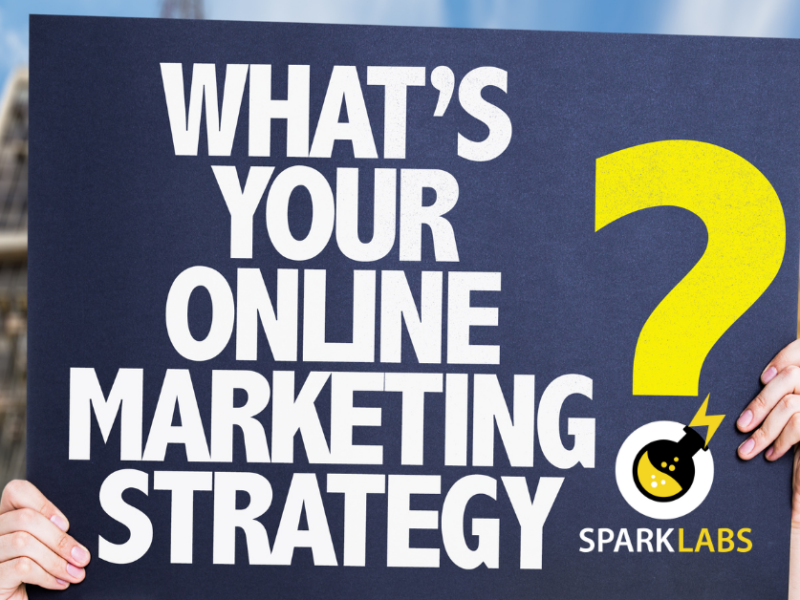
6 Ways to Increase Online Sales with Social Proof
6 Ways to Increase Online Sales with Social Proof https://csuiteold.c-suitenetwork.com/wp-content/uploads/2014/04/sales.jpg 478 359 C-Suite Network https://csuiteold.c-suitenetwork.com/wp-content/uploads/2014/04/sales.jpgby Steve Olenski
Those of us in the marketing and advertising space just love when we can append a catchy name to a given subject matter. Such is the case with the term “social proof.” And like thousands of other words and phrases, it has many definitions including, “a psychological phenomenon where people assume the actions of others reflect correct behavior for a given situation.” However, in our world of marketing and advertising, it means something completely different. According to Aileen Lee, partner at venture firm Kleiner Perkins Caufield & Byers, “In the age of the social web, social proof is the new marketing.”
Basically, if someone else has done it or used it, and talked about it online, that’s social proof. As a B2B or B2C company, how do you go about getting people to talk about you or your product? And, more importantly, what do you do with that social proof once you get it?
It’s important to note that social proof has been called lots of things: The bandwagon effect, trust symbols, conformity, etc. Many studies have been conducted to understand this phenomenon, most notably the Asch conformity experiment. In politics, for example, social proof has been positively linked with a candidate’s likelihood to get elected into office. In online marketing, the number of Facebook Likes shown on a landing page has been positively linked to an increased conversion rate when all the other landing page elements were identical.
Here’s the kicker: It’s possible (but highly inadvisable) to fake a lot of your social proof. Stories about Yelp suing companies for fake reviews, to Mitt Romney buying Twitter followers leading up to the 2012 primaries are not uncommon.
I asked six online marketing experts how they generate real social proof and how they use it. I identified six areas of social proof they’re all using, to some extent, and what specific increases they’ve seen to their online sales and leads from using social proof.
- Customer Reviews/Ratings
- Social Likes/shares
- Trust Symbols
- Video Testimonials
- Celebrity Endorsements
- PR
Preston Andrew, CEO of Social Proof Creative, articulates how he helps clients use social proof in their customer service: “Businesses have much to gain when featuring multiple types of social proof on their website. We’ve noticed significant conversation improvement and longer times spent on a website when featuring a testimonials page. The trick is being authentic and using the right tools to showcase these different types of social proof. Our focus is to easily automate feedback and social interaction while the customer is engaged at the place business.”
Jacob Baadsgaard, CEO of Disruptive Advertising says: “Conversion Rate Optimization is a critical part to our success as a PPC management firm, and we have found social proof to be an essential element of CRO. We can send qualified traffic to a landing page all day long, but without a congruent user experience from ad copy, to landing page and subsequent emails, it can all be wasted. In order to improve conversion rates for our clients, we have tested literally thousands of sales funnel variations and have found that ‘social proof’ has among the highest impact. By running strategic ads on Facebook and other social channels we help our clients amass the amount of real Likes it takes to achieve social proof at a surprisingly low cost. Once we have reached our social proof threshold, we begin promoting this within the sales funnel. On average, we have seen a 20 percent increase in conversion rates for our clients that leverage this strategy.”
Matthew Frisbie, CEO of One Sharp Design makes this observation: “We created a landing page for a client who had a brain training program product with a great video. We incorporated trust symbols on that page as well. We used logos from the local universities and K-12 schools that were using the program. As we targeted specific geo locations, it made a big difference in making the landing page relevant to the buyer. We expect that many of the visitors will know professors, teachers and have some kind of community or emotional connection to those brands and groups. The social proof paradigm we’ve created is now a powerful and meaningful sales tool.”
Adam Torkildson, owner of Tork Media states: “As a PR professional, my clients rely on me to generate a lot of their social proof and teach them what to do with it. I do this in three steps. The first step involves finding out the client’s unique story — Everyone has a story, you just have to find it. The next step involves telling that story in places where the right kind of people would care. And the third step involves making sure the client includes all of that proof in prominent areas on their sites so others can see and understand the story, as told by others. When you can get other people telling your story for you, then you’ve captured the idea of how to generate social proof.”
Brent Jacobsen, CEO of GuestNetix suggests: “Featuring social proof prominently in your marketing is essential, but it’s equally as important to make it easy for your customers who already love you to share their comments with others. At GuestNetix, we’ve seen the number of guests leaving reviews of their hotel stay increase by more than four times simply by making customer feedback a part of the checkout process. Customers are just more likely to leave a recommendation while they are physically at the place of business.”
Kim Flynn, founder of Business Training for Women affirms: “I have two videos playing on my business retreat site: an informational video about the retreat itself and, just underneath it, a video compilation of about 10 video testimonials. The video testimonials get twice the amount of clicks than the informational video does. People don’t want to take my word for it; they want to hear reviews from other people.”
No matter what industry you are in, from marketing to carpet cleaning, social proof has always been and will always be essential to generating more leads and sales. But after you get that social proof, don’t drop the ball. Use it on your site, marketing material, emails and any other customer facing communication you do.
*This post originally appeared on Forbes.
 Steve Olenski was named one of the Top 100 Influencers In Social Media (#41) by Social Technology Review and a Top 50 Social Media Blogger by Kred. Steve is a senior creative content strategist at Responsys, a leading marketing cloud software and services company. He is a also a member of the Editorial Board for the Journal of Digital & Social Media Marketing and co-author of the book “StumbleUpon For Dummies.” He can be reached via LinkedIn, Google+, Twitter @steveolenski or at the nearest coffee shop.
Steve Olenski was named one of the Top 100 Influencers In Social Media (#41) by Social Technology Review and a Top 50 Social Media Blogger by Kred. Steve is a senior creative content strategist at Responsys, a leading marketing cloud software and services company. He is a also a member of the Editorial Board for the Journal of Digital & Social Media Marketing and co-author of the book “StumbleUpon For Dummies.” He can be reached via LinkedIn, Google+, Twitter @steveolenski or at the nearest coffee shop.





